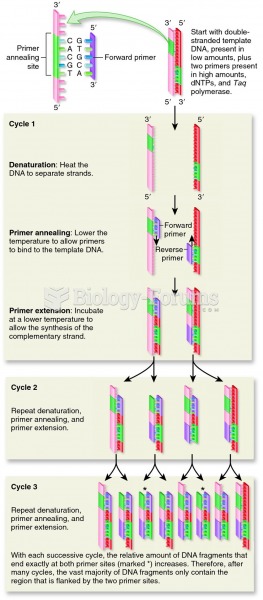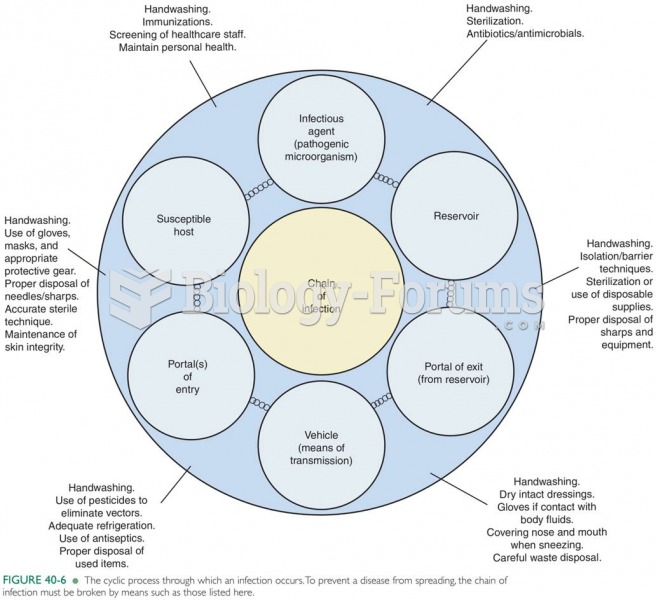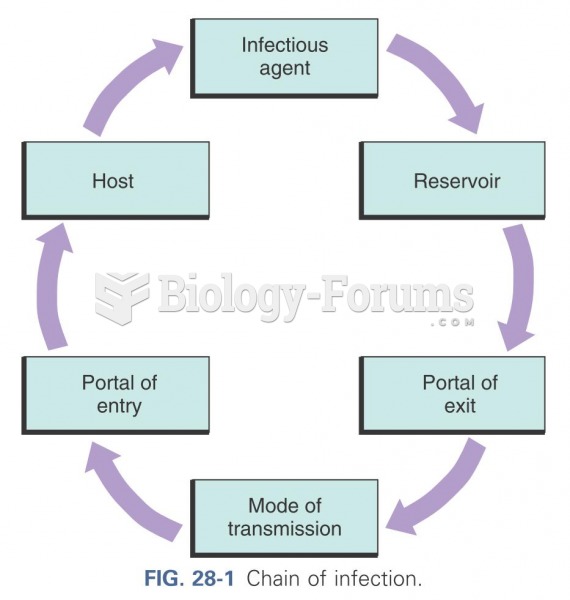Answer to Question 1
An essential element of a capable SCIS is the software applications that help managers arrange, analyze, and act upon relevant data. The supply chain software market includes technologies that address virtually every activity that occurs in the supply chain. Whether a company needs to develop a sales and operations plan, analyze facility relocation options, or maintain visibility of inventory, relevant software is available.
Supply chain software applications harness the computational power and communication abilities of an SCIS to help managers make timely, appropriate decisions. The primary SCM software categories include planning, execution, event management, and business intelligence.
Supply chain planning applications help organizations evaluate requirements for materials, capacity, and services so that effective fulfillment plans and schedules can be developed. The tools help managers gain accurate, detailed insight into issues that affect the development of supply chain processes. The solutions use complex algorithms, optimization techniques, and heuristics to solve supply chain objectives within the stated planning horizon.
Today, supply chain managers need to understand omnichannel demand, forecast at a granular level, and manage resources across multiple supply chains. These needs would be well-served by a robust supply chain planning suite. This integrated collection of software sits on top of a transactional system to provide planning and what-if scenario analysis capabilities.21
Supply chain execution tools and suites carry out key tasks from the time an order is placed until it is fulfilled. This order-driven category of software focuses on the day-today activities required to buy, make, and deliver the materials that flow through the supply chain. Supply chain execution doesn't rely upon a single software program but consist of a group of tightly integrated tools that link well with supply chain partners' systems to share relevant data and provide visibility. Successful implementation can provide users with improved inventory visibility, improved data accuracy, faster throughput and higher inventory turns, better control of transportation costs, and improved customer service.
Supply chain event management tools collect data in real time from multiple sources across the supply chain and track the inventory as it flows through the supply chain, providing graphical displays of expected and actual inventory levels and other key data at each location. As the geographic scope and number of companies involved in a supply chain grow, the ability to monitor activities exceeds manual capabilities.
Newer business intelligence tools have capabilities which are more dynamic, frequently delivering data from transactional systems across the supply chain to a data warehouse. In addition to the data collection and analysis capabilities, business intelligence software supports self-service reporting, performance scorecarding versus goals, development of dashboards and other graphical report displays, and activity monitoring in support of event management. Interest in business intelligence applications is rising, due primarily to a software vendor focus on increasing user-friendliness of the tools.
It is becoming more difficult to completely segment SCIS from enterprise resource planning (ERP) systems. Many of the supply chain software applications discussed above are growing increasingly reliant upon the type of information that is stored inside ERP systems which are multi-module application software platforms that help organizations manage the important parts of their businesses. The ERP system provides a mechanism for supply chain members to efficiently share information so that visibility is improved, transactions are completed with more speed and accuracy, and decision making is enhanced.
Answer to Question 2
True







